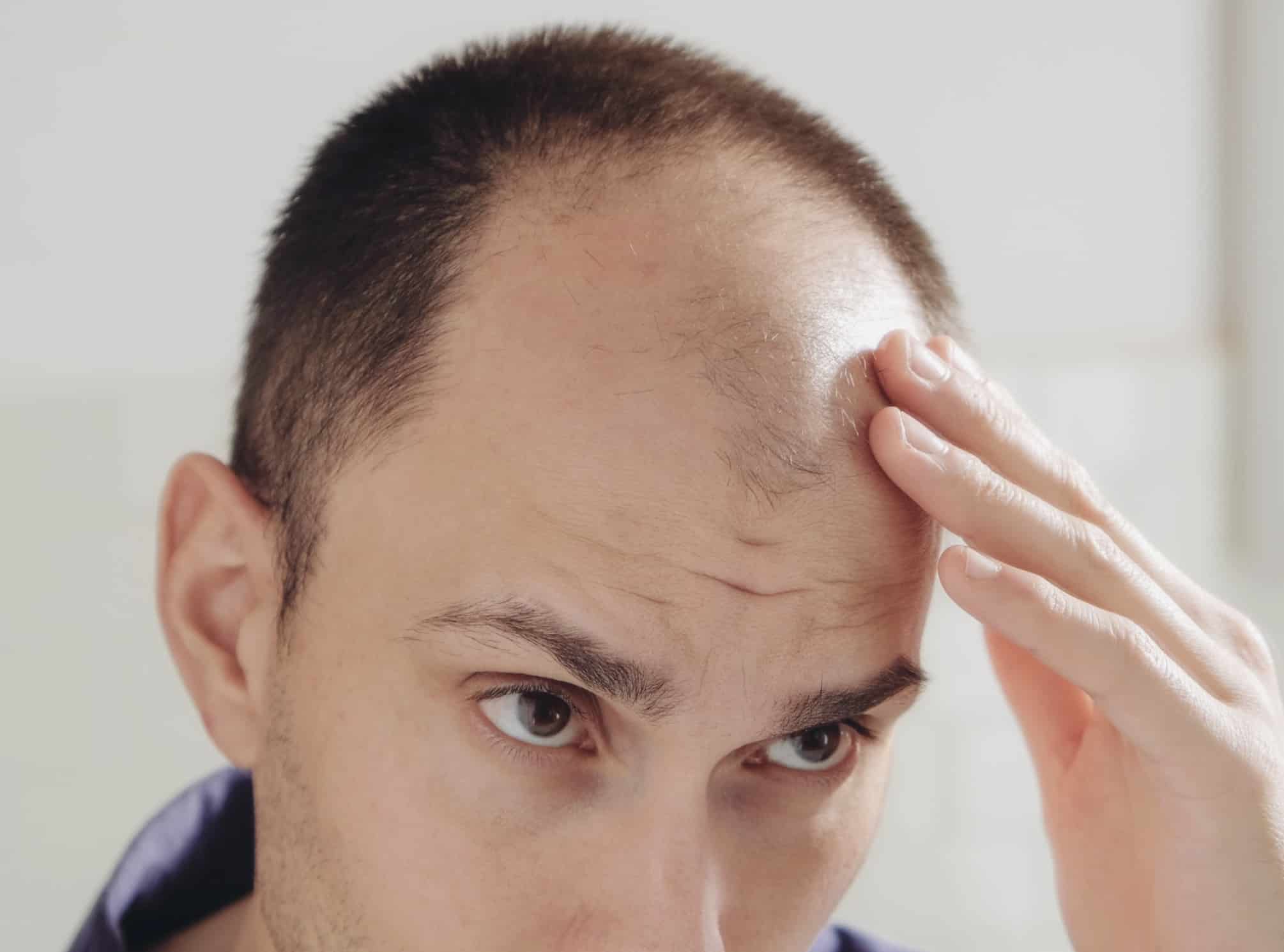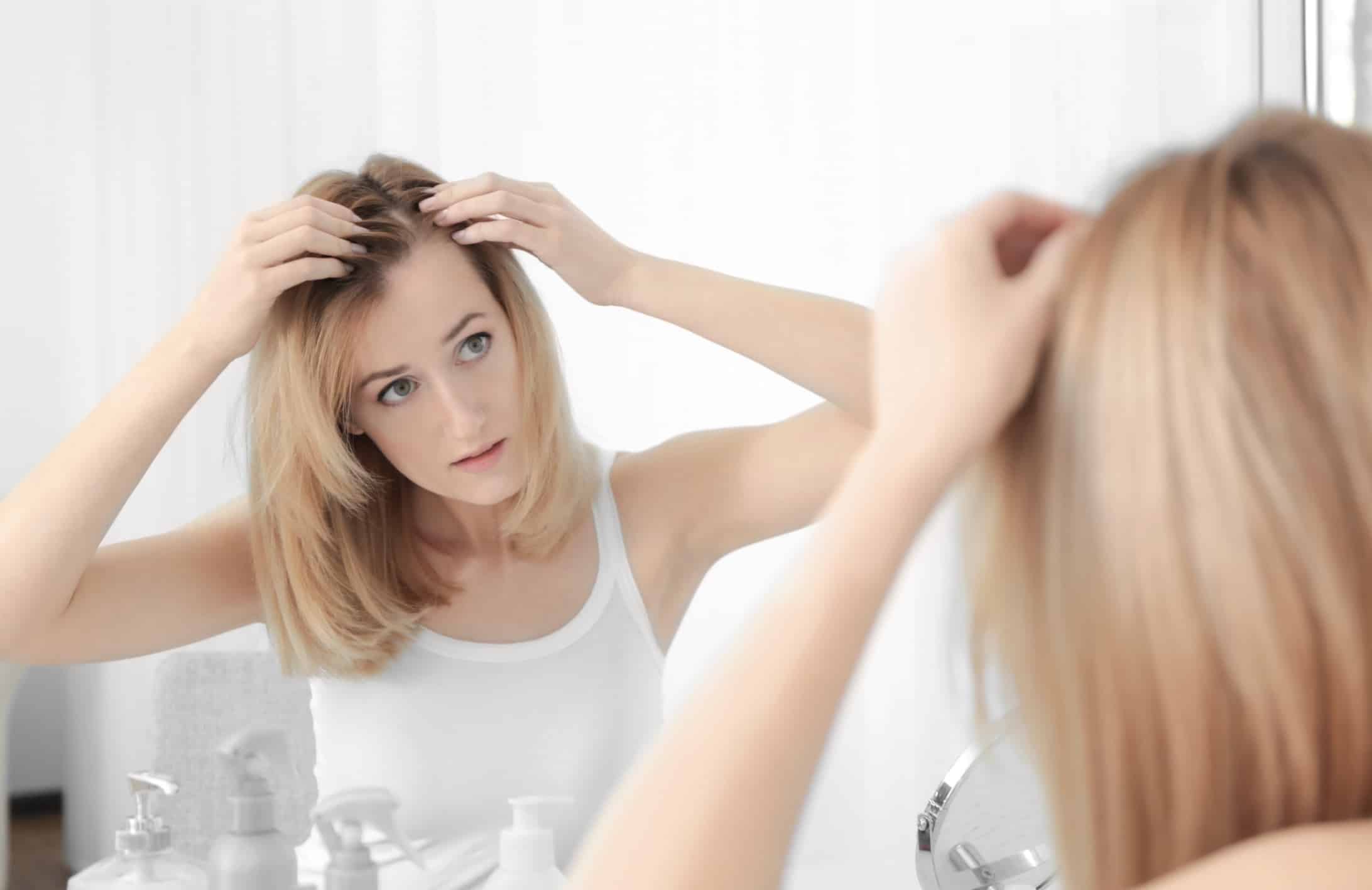About half of the male population will experience hair loss by age 50. Twenty-five percent of men see first signs of hair loss before age 21, and about 70% of them will lose hair as they get older. Meanwhile, it is estimated that over 50% of women will experience noticeable hair loss by the age of 79.
Fortunately, recent advances offer a lot of hope in both preventing and treating different types of baldness. One such solution is scalp micropigmentation. This is a safe and affordable procedure that can mitigate the effects of hair loss and restore confidence in both men and women.
This article discusses scalp micropigmentation and provides basic aftercare tips to give you a head start should you choose to undergo this procedure.
Chapter Overview
Understanding Scalp Micropigmentation
Scalp micropigmentation is also called a head, scalp, or hair tattoo. It is a non-invasive procedure that uses micro-needles to deposit pigments in the scalp. This creates the appearance of tiny hair follicles, giving the illusion of thick and “fuller hair.”
When administered, scalp micropigmentation treatment can thicken remaining hair, restore receded hairlines, create the look of close-cropped hair, and camouflage transplant scarring.
Scalp micropigmentation is considered a semi-permanent hair loss solution and the treated area will fade over time since the skin naturally exfoliates itself. However, you can expect the effects can last up to 8 years.
What To Do After A Scalp Micropigmentation Session?
If you’re thinking about getting a scalp micropigmentation, there are a few things you need to consider in terms of aftercare. Here are the following tips to remember.
1. Don’t Wash Your Head For Three Days
During the first three days after the micropigmentation procedure, your scalp would be extremely sensitive. So, don’t touch or wash your head for the next three days to prevent irritation.
Aside from that, washing your head right after the procedure can ruin and remove the pigments if you apply water to your head right away. In general, you have to wait for three days before you can wash your head.
2. Avoid Activities That Make You Sweat
Since you’re avoiding moisture, you also need to avoid any physical activities that can make you sweat as well. Sweating can prevent your scalp from healing properly. So, it is best to skip the gym or work out for at least five days.
If you must work out, you can do minimal physical activities. You can lift a few weights, however, it’s not advisable to do a complete cardio session that will make you sweat too much. You also need to stay away from steam rooms and saunas that may cause excessive sweating.

3. Take A Light Shower After Three Days
After three days, you can now wash your scalp, but don’t over-wash it either. You can apply small amounts of water to your head and make it quick and light. Also, stay away from shampoos with harsh chemicals such as anti-dandruff shampoos.
4. You Can Shave Your Head After Three Days
In addition to a light shower, you can also shave or trim your hair after three days. Just make sure that you use an electric foil shaver to create minimal disturbances on your scalp pigments.
As you shave your head, you need to avoid any scabs that might be visible on your head. These tiny scabs are formed as the pigment heals under your skin. Don’t try to peel the scabs since it can compromise the results of the procedure.
5. Protect Your Scalp From The Sun
You shouldn’t go out in the sun for long periods of time or for at least 30 days since your last scalp micropigmentation procedure. Sunlight emits dangerous ultraviolet (UV) rays which can interfere with your scalp’s healing process.
If you need to go out, make sure to wear a loosely-fitted clean hat to protect your scalp. Also, avoiding direct sun exposure can help the pigments from fading, giving you better results for a longer period of time.
6. Don’t Go Swimming For A Month
You should avoid swimming in lakes, pools, rivers, or the sea after a scalp micropigmentation procedure. Swimming can expose your scalp to chlorine, salty water, dirt, and bacteria that can ruin the results of your micropigmentation procedure or cause itchiness and redness.
7. Moisturize
A few days after the procedure, it’s important to moisturize your scalp to help speed up the healing process. It’s recommended to moisturize your scalp at least once every day. Also, if you’re planning to have another treatment, you should start moisturizing your scalp.
Conclusion
As you can see, scalp micropigmentation aftercare isn’t that difficult to follow. You simply need to refrain from doing some activities for a few days to make sure your scalp fully recovers and heals. Then, you can gradually return to your regular lifestyle and enjoy a ‘fuller hair volume’ that brings back your confidence.

